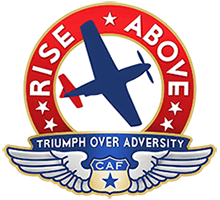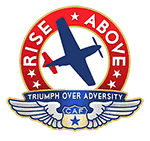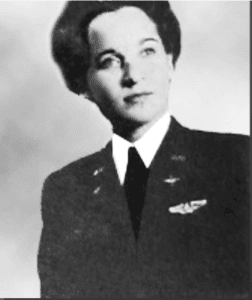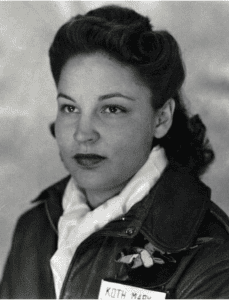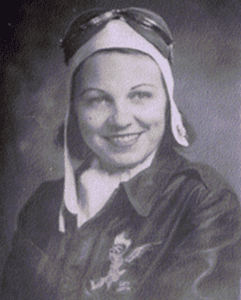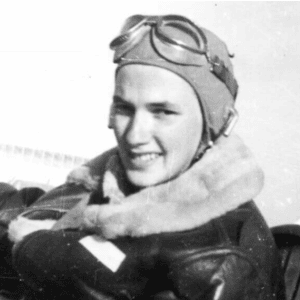This past Tuesday marked the 69th anniversary of the Japanese attack on Pearl Harbor. That action prompted the U.S. to enter what was now the second World War. Since 1939, there had been a massive war mobilization as President Franklin Roosevelt and others worked to adjust the American psyche to the idea that the country would eventually be at war.
Part of the pre-war effort involved designating funds for the military. The U.S. Army Air Corps was a large beneficiary of that funding for one simple reason: it needed it. Existing aircraft were old, if not obsolete, and personnel was sparse. It was understood that in this War, a lot of the fighting would be done in the air. The Nazis had already proven they had good air power with the Blitzkrieg over Poland and other invasions and ground troops would benefit by having air support.
After a lot of negotiations between black leaders, the President and the military – and some legal actions as well – the U.S. Army Air Corps decided that black men would be given a chance to train to fly. On March 21, 1941 just a little over nine months prior to the Pearl Harbor attack, the 99th Pursuit Squadron was activated and in July, construction began on the Tuskegee Army Air Field. The “Experiment” was proceeding apace.
Fast forward almost exactly a year to March 2, 1942 when five young black cadets graduated from Tuskegee, receiving their wings as America’s first black military pilots. There had been more men in that class, but only the five made it through the extremely difficult studies without “washing out.”
One of the graduates was Benjamin O. Davis, Jr., the son of the Army’s only black general. This young man had already graduated from West Point Academy, where, as a black man, he was shunned by his white classmates the entire four years he was at the school in an attempt to get him to leave.
An outstanding pilot, he would go on to lead the 99th Fighter Squadron in 1943 in North Africa and then the 332nd Fighter Group in Italy early in 1944. He continued to serve his country in the Air Force (as the U.S. Army Air Corps became known after WWII) until his retirement in 1970 as a lieutenant general. He was elevated to the rank of general (retired) in 1998.
For an interesting history of the era of the Tuskegee Airmen, the book “Tuskegee Airmen: The Men Who Changed A Nation” by Charles E. Francis and Adolph Caso would be a good choice. The book is available through the CAF Red Tail Project’s online store.
